How to Cultivate Vertical Gardens: structure, substrate, species and irrigation
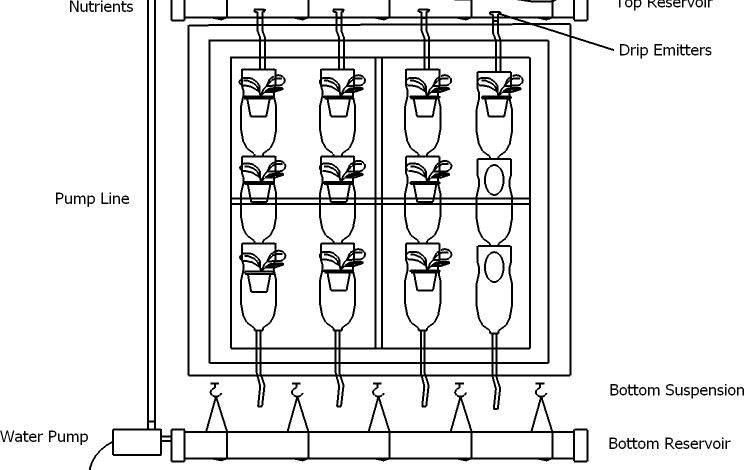
Good morning to all Agrohuerters! Today we are going to explain how to grow in vertical gardens, a slightly different way of growing but which is becoming very important in cities, especially among those who do not have a horizontal space to do so. To cultivate vertical gardens, we must take into account several factors: the support structure, the substrate, the plant species, the irrigation system. Below we will analyze each of them in detail.
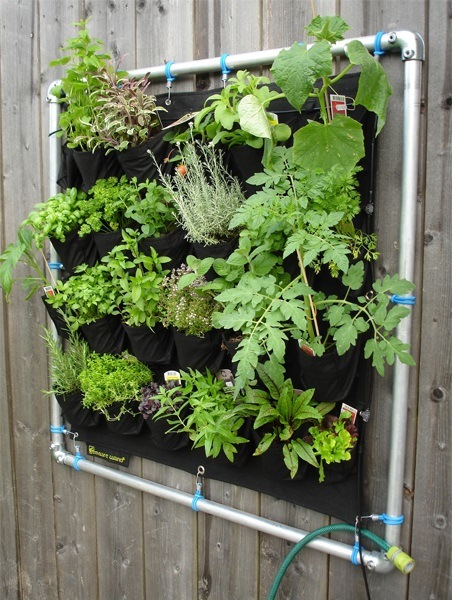
The support structure in vertical gardens
It is a fundamental element in vertical gardens, since it is the support element of the substrate and the plant and what allows us to place it vertically. There are many types of support structure, from the most sophisticated to those built with recycled materials such as pallets, plastic bottles or PVC pipes that you can see in the images.
You must choose a wall to place it, which can be both interior and exterior, although if your structure is self-supporting you do not need to hold it on any wall.
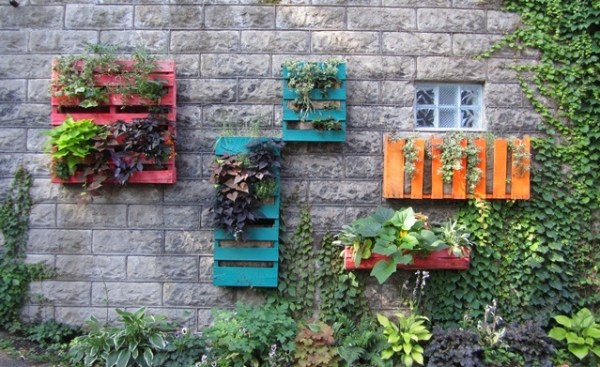
Substrate for vertical gardens
In vertical gardening, hydroponic cultivation is very common, that is, without soil or with an inert substrate, such as rock wool or perlite, providing nutrients from a nutrient solution. From a technical point of view, hydroponics entails great advantages for the development of the crop, since it allows nutrients to be supplied “à la carte”, adapting them to the needs of the plant, and often achieving higher yields.
However, it requires more supervision, in terms of the pH and composition of the nutrient solution and more technical knowledge. In addition, if it is intended to cultivate organically, the compounds used for the preparation of the nutritive solution must be certified as organic products.
For all these reasons, I recommend that those who have more experience in this type of cultivation opt for hydroponics and, for those who are just starting out, I recommend an organic substrate, which is much easier to handle. Any universal substrate can be used, which is usually made up of a mixture of several components, for example, peat with wood fibers and pine bark.
You can also make the mixture yourself, for example, peat with perlite. Perlite improves the structure of the peat by providing greater aeration.
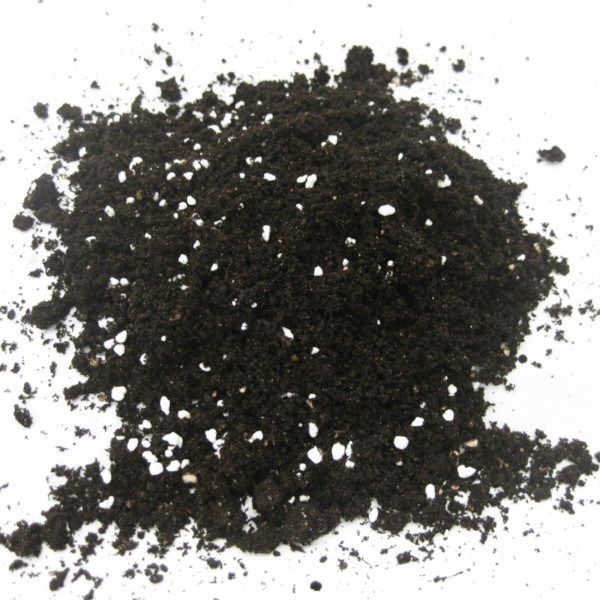
What plant species to put in the vertical garden?
To determine the species that you can grow in the garden, you have to take into account several criteria:
- Climate: The climate, as in any orchard, is essential to determine which species we are going to cultivate. You have to take into account the time of year in which you find yourself and the geographical area, as they will determine the maximum and minimum temperatures that can be reached and, therefore, you must choose the crop in relation to them. If the vertical garden is going to be inside, normally you will not have too much problem in terms of the minimum temperatures it can withstand, since most crops grow better at warm temperatures (between 15 and 25ºC)which are the ones we normally have inside the house. However, it is possible that at some stage of the plant’s development it needs lower temperatures. Find out about the cycle well before deciding what to grow.

Vertical garden with pumpkins and tomatoes (Source: Handspire.com) - Solar exposure: You should see if the area where your vertical garden is located is directly exposed to the sun or if, on the contrary, it is a shaded area. This aspect can condition the subsequent development of your crop, since there are certain species that require direct sunlight for their development and others that prefer shade.
- Rooting depth: Depending on the type of substrate and support structure you have chosen, your plants will have more or less space to develop their roots. You must be careful with this aspect because the yield of the crop will depend on it.
- Weight of the plant: It is important that the crops to be implanted do not have too much weight, since they can fall off the hook. You must make sure that the plants are well attached to the vertical garden, especially in times of greatest development.
- Aesthetics: In addition to obtaining healthy and nutritious food, you can use your garden as a decorative element, either inside or outside the home. Combine different species and varieties that provide different shades and textures to your garden. You will be surprised at the number of colors you can achieve using vegetables and greens!

The Irrigation System in Vertical Gardens
To provide irrigation to your crop you can use a drip or exudation irrigation system, although you can also water with a watering can directly on the substrate as if it were a flower pot. If your orchard allows the passage of water from one floor to another, normally it would be enough for you to have a line of drippers for each meter of height. It is advisable that the substrate does not remain dry for too long, as it can lose its structure and ability to fix the plant.
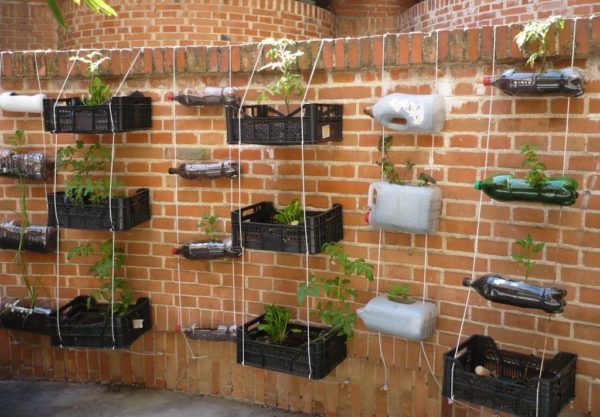
As you can see, vertical gardens are a simple, fun and original cultivation alternative that allows you to cultivate even if you do not have space for it. I hope you liked this article and that you start sending us photos of your vertical gardens!

![Photo of Prune Capers: [Importance, Time, Considerations and Steps]](https://www.complete-gardening.com/wp-content/uploads/2022/08/prune-capers-importance-time-considerations-and-steps-390x220.jpg)

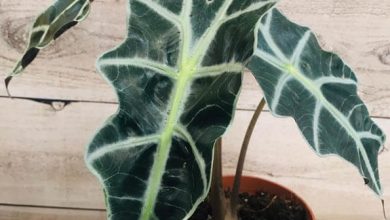
![Photo of American Oak: [Growing, Care, Pests and Diseases]](https://www.complete-gardening.com/wp-content/uploads/2022/08/american-oak-growing-care-pests-and-diseases-390x220.jpg)